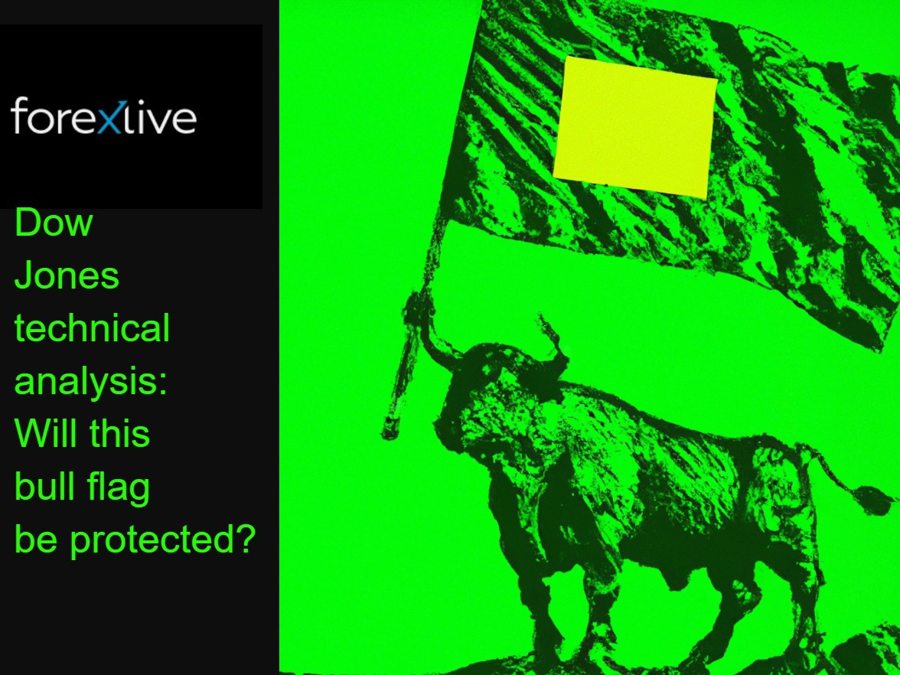This is one of the most simple technical analysis, and guide (bullish or bearish) that you will probably see. It shows swing traders and buy and holders (or those seeking to sell some of their holdings) exact prices of when the market is in the favor of bulls or bears, and why.
The above is a simple map that can provide you with directional clearance, based on a simple and known pattern called a ‘bull flag’ (channel) and previous pivot points , as well as the famous and followed 20EMA, which is a key indicator in technical analysis. Both are descibed below.
About bull flags in technical analysis: A bull flag channel chart pattern frequently continues a stock’s ascent. It’s characterized by consolidation followed by a rapid upswing. When a stock’s price rises strongly and sustainably, it forms a channel or flag-like pattern on the chart. Horizontal trendlines border this horizontal channel. Upper trendline represents resistance, lower is support.
During consolidation, the stock’s price may move inside the channel, but within a tight range. Traders and investors wait to see which way the stock’s price will go next during a period of consolidation. The stock’s price breaks out of the channel and rises, signifying an uptrend. Others may wait for a pullback or retest of the breakout point before placing a trade.
About 20-day exponential moving average (20EMA): EMAs are used to smooth price data and spot patterns. It’s like a simple moving average (SMA), but recent price data is given greater weight. The 20-day exponential moving average (EMA) is a technical indicator that takes the average stock price over the last 20 days, but gives greater weight to recent days.
To compute the 20-day EMA, first calculate the weighting multiplier, which is 22/(N+1) (in this case, 20). Once you have the weighting multiplier, you can compute the 20-day EMA. EMA = (Today’s price * Weighting multiplier) + (Yesterday’s EMA * (1-Weighting multiplier)). Repeat this method for each day in the period, beginning with the previous day’s EMA. The smoothed line on the chart helps filter out noise and volatility in pricing data.
Trade the Nasdaq at your own risk and visit ForexLive.com technical analysis for additional perspectives.
